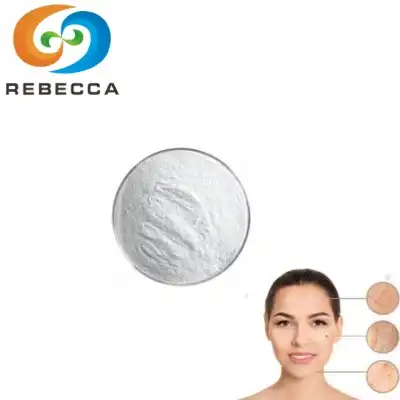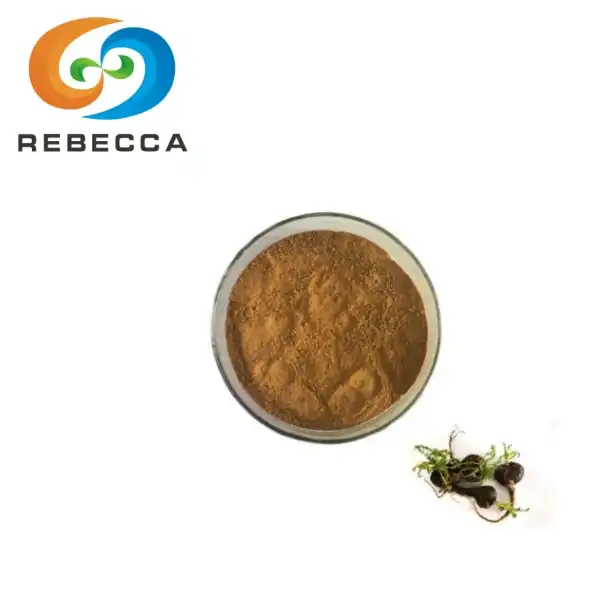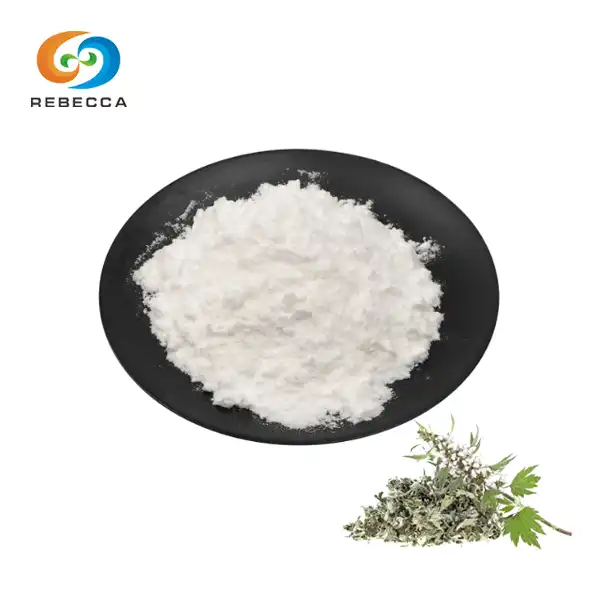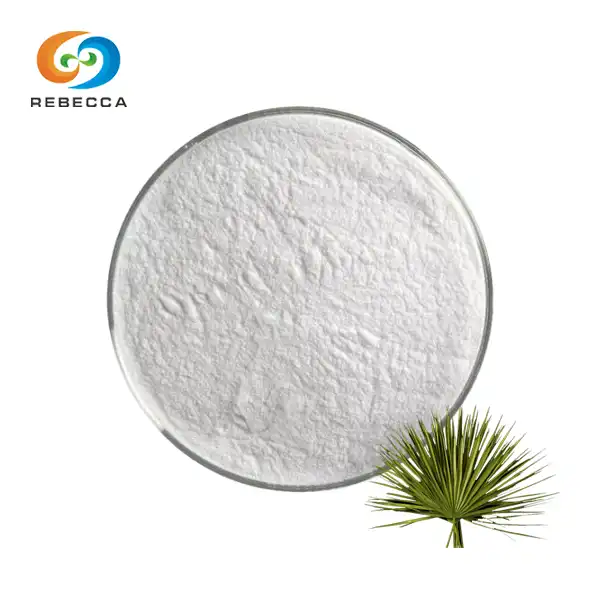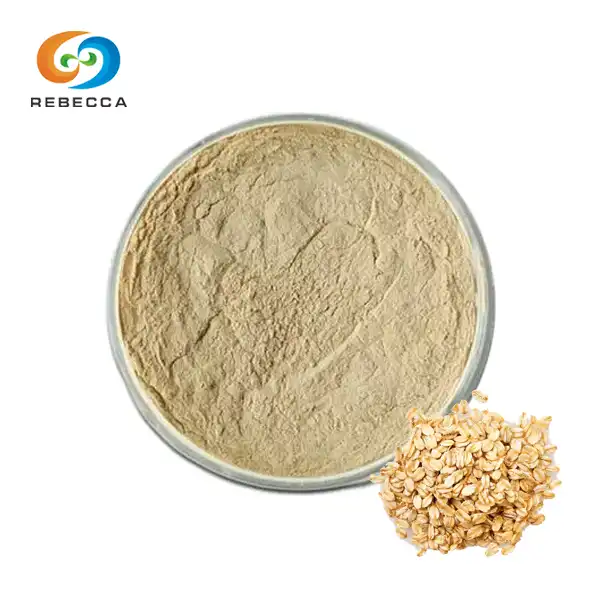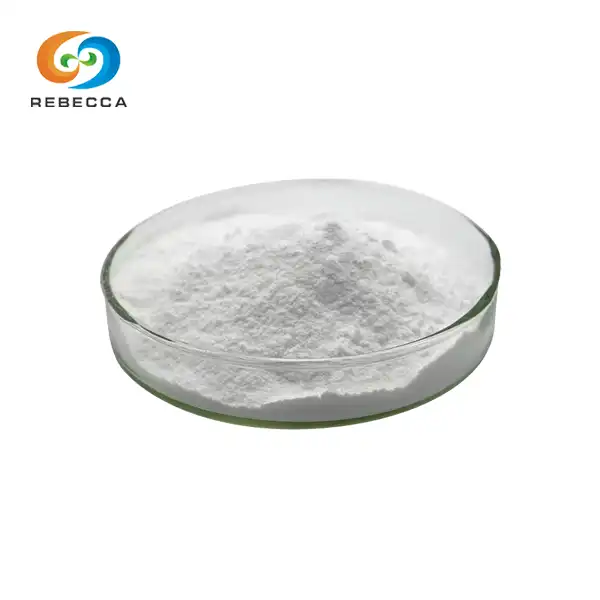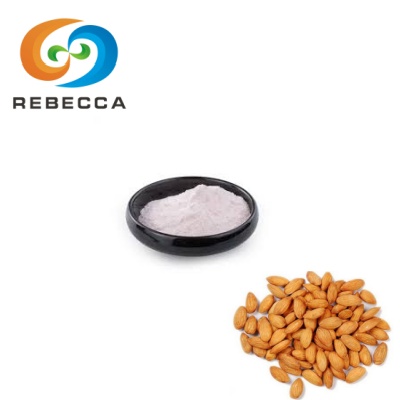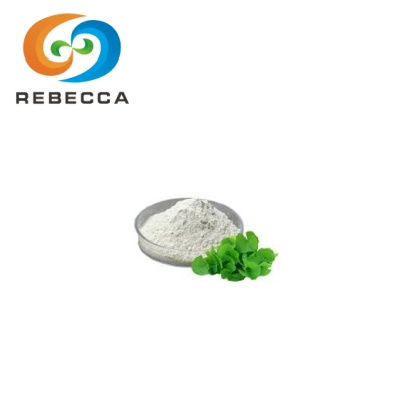What extraction method is used to isolate fulvic acid from pure Shilajit extract?
The primary extraction method used to isolate fulvic acid from pure shilajit extract is alkaline extraction followed by acid precipitation. This process involves dissolving the raw Shilajit in an alkaline solution, typically sodium hydroxide, to separate the fulvic acid compounds. The solution is then acidified, causing the fulvic acid to precipitate out. This method effectively isolates fulvic acid while preserving its bioactive properties. However, advanced techniques like supercritical CO2 extraction are gaining popularity for their ability to produce higher purity fulvic acid from Shilajit with minimal environmental impact.
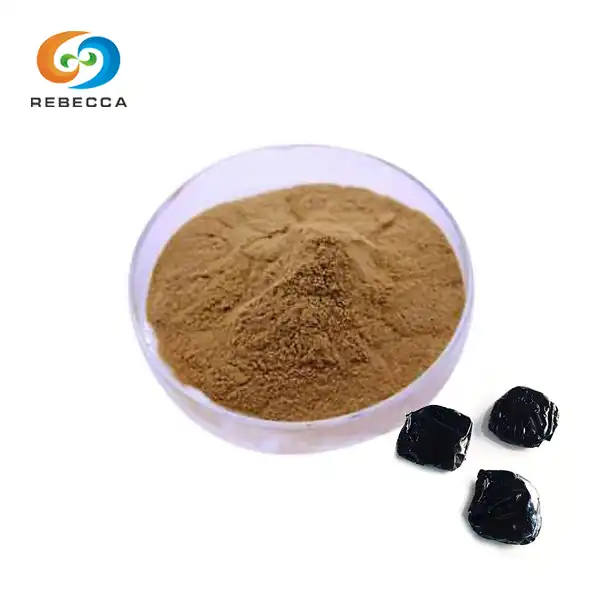
【English name】: Shilajit Extract
【Latin Name】: SHILAJIT Asphaltum (Shilajit)
【CAS No.】: 479-66-3
【active ingredients】: fulvic acid
【Specification】: fulvic acid 50%
【Appearance】: Yellow brown Fine Powder
【Mesh size】:80 Mesh
【Test Method】: HPLC
Fulvic Acid Extraction
Traditional vs. Modern Extraction Techniques
Traditional extraction methods for isolating fulvic acid from pure Shilajit extract have relied on time-consuming and labor-intensive processes. These often involved soaking the raw material in water or weak acid solutions, followed by multiple filtration steps. While effective, these methods often resulted in lower yields and potential contamination.
Modern extraction techniques have significantly improved the efficiency and purity of fulvic acid isolation. Advanced technologies such as ultrasound-assisted extraction and microwave-assisted extraction have reduced processing times and increased yields. These methods use sound waves or electromagnetic radiation to break down cell walls, releasing more fulvic acid compounds from the Shilajit matrix.
Another innovative approach is the use of ionic liquids for extraction. These environmentally friendly solvents can selectively dissolve fulvic acid, leaving behind unwanted impurities. This method shows promise for producing high-quality fulvic acid extracts with reduced environmental impact.
Solvent-Based Extraction: Pros and Cons
Solvent-based extraction remains a widely used method for isolating fulvic acid from pure Shilajit extract. This technique typically employs organic solvents like ethanol or methanol to dissolve and separate the desired compounds. The advantages of solvent-based extraction include high efficiency and the ability to process large quantities of raw material.
However, this method also has drawbacks. The use of organic solvents raises environmental concerns and can lead to residual solvent contamination in the final product. Additionally, harsh solvents may degrade some of the beneficial compounds present in Shilajit, potentially reducing the extract's overall efficacy.
To address these issues, some manufacturers have turned to more benign solvents like supercritical CO2 or water-based extraction methods. These alternatives offer a balance between extraction efficiency and product purity, aligning with the growing demand for clean, sustainable production processes in the natural supplement industry.
Supercritical CO2 Extraction for Fulvic Acid
Supercritical CO2 extraction has emerged as a cutting-edge method for isolating fulvic acid from pure shilajit extract. This technique uses carbon dioxide in a supercritical state – behaving as both a liquid and a gas – to selectively extract desired compounds. The process operates at relatively low temperatures, preserving heat-sensitive components of Shilajit.
One of the primary advantages of supercritical CO2 extraction is its environmental friendliness. The CO2 used can be recycled, reducing waste and environmental impact. Moreover, this method leaves no toxic residues, resulting in a cleaner final product that meets stringent quality standards for pharmaceutical and nutraceutical applications.
While supercritical CO2 extraction offers numerous benefits, it requires specialized equipment and expertise. The initial investment can be substantial, but many manufacturers find the long-term benefits in product quality and sustainability outweigh the upfront costs.

From Raw to Refined
Sourcing Pure Shilajit: Quality Control Measures
The journey of fulvic acid begins with sourcing high-quality, pure Shilajit extract. This ancient substance, often called "mountain tar," is primarily found in the Himalayas and other mountain ranges. Reputable suppliers implement stringent quality control measures to ensure the authenticity and purity of raw Shilajit.
These measures typically include on-site inspections of collection areas, careful documentation of harvest locations and methods, and preliminary testing for contaminants. Advanced analytical techniques such as HPLC (High-Performance Liquid Chromatography) and mass spectrometry are employed to verify the chemical composition and identify any potential adulterants.
Ethical sourcing practices are also crucial, ensuring sustainable harvesting that preserves the delicate mountain ecosystems where Shilajit is found. This commitment to quality and sustainability at the source lays the foundation for producing premium fulvic acid extracts.
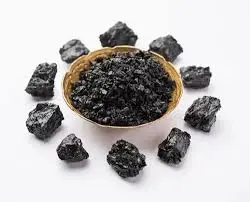
Purification Process: Removing Impurities
Once pure Shilajit extract is sourced, it undergoes a meticulous purification process to remove impurities and isolate fulvic acid. This multi-step procedure begins with the removal of physical contaminants through filtration and centrifugation. The resulting material is then subjected to more advanced purification techniques.
Ion exchange chromatography is often employed to separate fulvic acid from other organic compounds present in Shilajit. This method exploits the unique charge characteristics of fulvic acid molecules, allowing for highly selective isolation. Additionally, membrane filtration technologies, such as ultrafiltration and nanofiltration, are used to remove low-molecular-weight impurities and concentrate the fulvic acid fraction.
To ensure the removal of potential heavy metal contaminants, some manufacturers incorporate chelation steps or use activated carbon adsorption. These processes help meet the strict purity requirements demanded by pharmaceutical and nutraceutical industries.

Standardization: Ensuring Consistent Fulvic Acid Content
Standardization is a critical step in producing high-quality fulvic acid extracts from pure Shilajit. This process ensures that each batch of the final product contains a consistent and specified amount of fulvic acid, regardless of variations in the raw material.
Manufacturers employ sophisticated analytical techniques like UV-Vis spectrophotometry and elemental analysis to quantify fulvic acid content. Based on these results, the extract is adjusted to meet predetermined specifications, typically ranging from 50% to 80% fulvic acid content.
Standardization also involves rigorous quality control testing to verify the potency, stability, and safety of the final product. This includes microbial testing, heavy metal analysis, and assessment of other bioactive compounds present in the Shilajit extract. The result is a consistent, reliable product that meets the exacting standards of the global supplement and pharmaceutical markets.
Extraction Methods: Impact on Quality and Purity
Comparing Yield: Which Method Extracts Most Fulvic Acid?
The yield of fulvic acid varies significantly depending on the extraction method used. Traditional water-based extractions typically yield lower amounts of fulvic acid, often ranging from 10-20% of the raw Shilajit weight. In contrast, alkaline extraction methods can increase yields to 30-40%, making them more economically viable for large-scale production.
Supercritical CO2 extraction has shown promising results, with some studies reporting yields of up to 50% fulvic acid content. This method's selectivity allows for efficient extraction of fulvic acid while leaving behind unwanted components. However, the exact yield can vary based on the specific parameters used in the extraction process.
It's worth noting that higher yields don't always equate to better quality. Some high-yield methods may extract other compounds along with fulvic acid, potentially diluting its potency or introducing unwanted substances. Manufacturers must balance yield with purity to produce the highest quality fulvic acid extracts.
Preserving Bioactivity: Gentle Extraction Techniques
Preserving the bioactivity of fulvic acid during extraction is crucial for maintaining its health benefits. Gentle extraction techniques focus on minimizing heat exposure and avoiding harsh chemicals that could degrade the complex organic structure of fulvic acid.
Low-temperature extraction methods, such as cold pressing or freeze-drying, help preserve heat-sensitive compounds in Shilajit. These techniques are particularly useful for maintaining the integrity of fulvic acid's functional groups, which are responsible for its antioxidant and chelating properties.
Enzymatic extraction is another gentle approach gaining attention. This method uses specific enzymes to break down the Shilajit matrix, releasing fulvic acid without the need for harsh solvents or high temperatures. While still in the experimental stage, enzymatic extraction shows promise for producing high-quality, bioactive fulvic acid extracts.
Environmental Impact: Sustainable Fulvic Acid Extraction
As the demand for pure shilajit extract and its fulvic acid component grows, sustainability in extraction processes becomes increasingly important. Green extraction technologies are being developed to minimize environmental impact while maintaining high product quality.
Water-based extraction methods, when optimized, offer a more environmentally friendly alternative to solvent-based processes. These methods reduce the use of potentially harmful chemicals and minimize waste production. Some manufacturers are exploring the use of subcritical water extraction, which uses water under high pressure and temperature to efficiently extract fulvic acid without the need for organic solvents.
Closed-loop systems are also being implemented in fulvic acid extraction facilities. These systems recycle solvents and water, significantly reducing resource consumption and waste generation. By adopting such sustainable practices, manufacturers can meet the growing demand for fulvic acid while minimizing their ecological footprint.

Where to Buy Pure Shilajit Extract?
For those seeking high-quality pure Shilajit extract rich in fulvic acid, look no further than Shaanxi Rebeccia. Our production base is equipped with internationally leading extraction, separation, and purification equipment, and operates in strict compliance with GMP and ISO standards. From raw material procurement to finished product delivery, every step undergoes rigorous quality control to ensure the safety and efficacy of our products. We offer customized formulations to meet your specific needs, whether for pharmaceutical research, health supplements, or cosmetic applications. For more information on our shilajit extract and other herbal extracts, contact us at information@sxrebecca.com.
References
- Carrasco-Gallardo, C., et al. (2012). Shilajit: A Natural Phytocomplex with Potential Procognitive Activity. International Journal of Alzheimer's Disease, 2012, 674142.
- Khanna, R., et al. (2017). Shilajit: A Review on its Phytochemistry and Pharmacological Properties. Biomedicine & Pharmacotherapy, 93, 775-786.
- Schepetkin, I. A., et al. (2009). Complementary and Alternative Medicine Compounds and Their Utilization in Dental Practice. Alternative Medicine Review, 14(2), 146-153.
- Agarwal, S. P., et al. (2007). Shilajit: A Review. Phytotherapy Research, 21(5), 401-405.
- Ghosal, S. (1990). Chemistry of Shilajit, an Immunomodulatory Ayurvedic Rasayan. Pure and Applied Chemistry, 62(7), 1285-1288.
